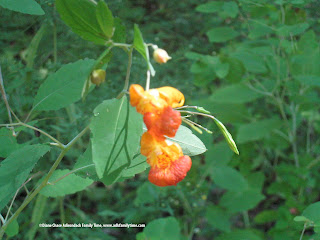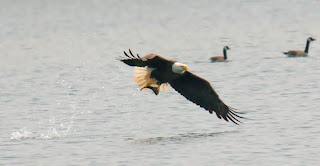Nature Detective: Blanding's Turtle
Did you know the Blanding turtle is named for a 19th century naturalist William Blanding of Pennsylvania? Di you know the Blanding Turtle can live up to 80 years! Blanding's Turtle is medium in size! It has an average shell length of about 7 - 9" usually not reaching any larger than 10" Distinguishing feature? A bright yellow chin and throat. What is the upper shell called? The carapace, which is domed but slightly flat along the midline but looks oblong when viewed from above. The upper shell (Carapace) is flecked with numerous yellow specks What is the lower shell called ? The plastron is yellow with dark blotches symmetrically arranged. The head and legs are dark, and usually speckled or mottled with yellow. I s it a box turtle? No, Blanding's turtle is called a semi-box" turtle because the plastral lobes do not shut tightly like a box turtle, but the plastron are hinged.











